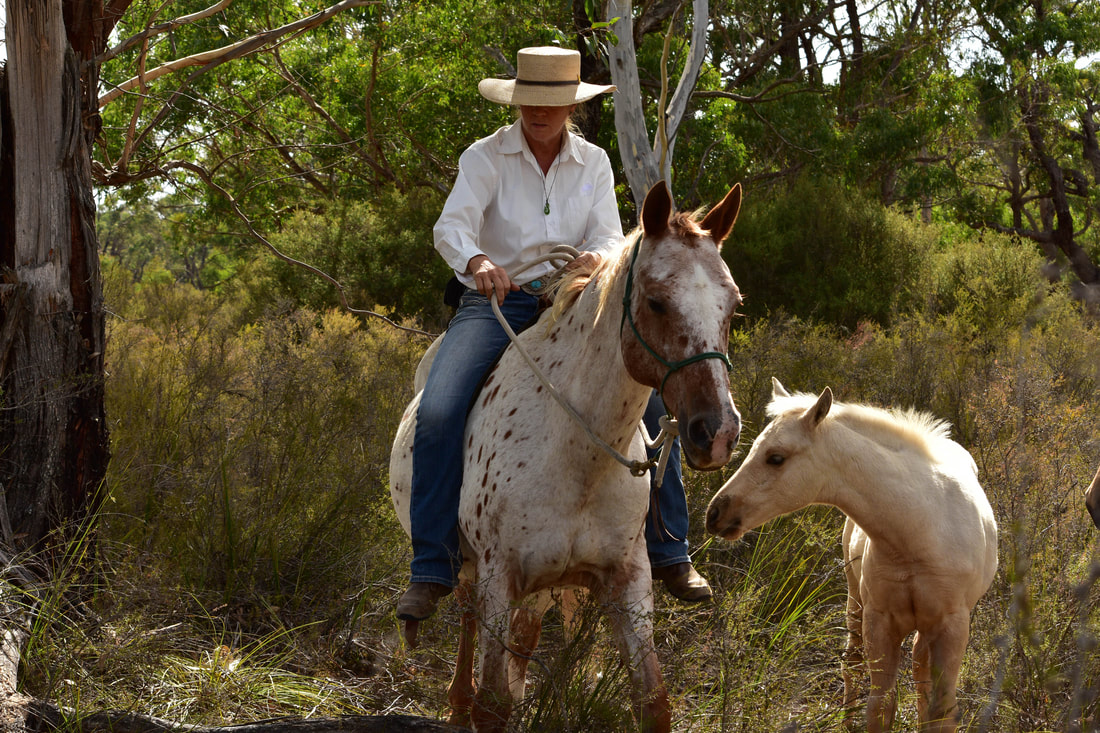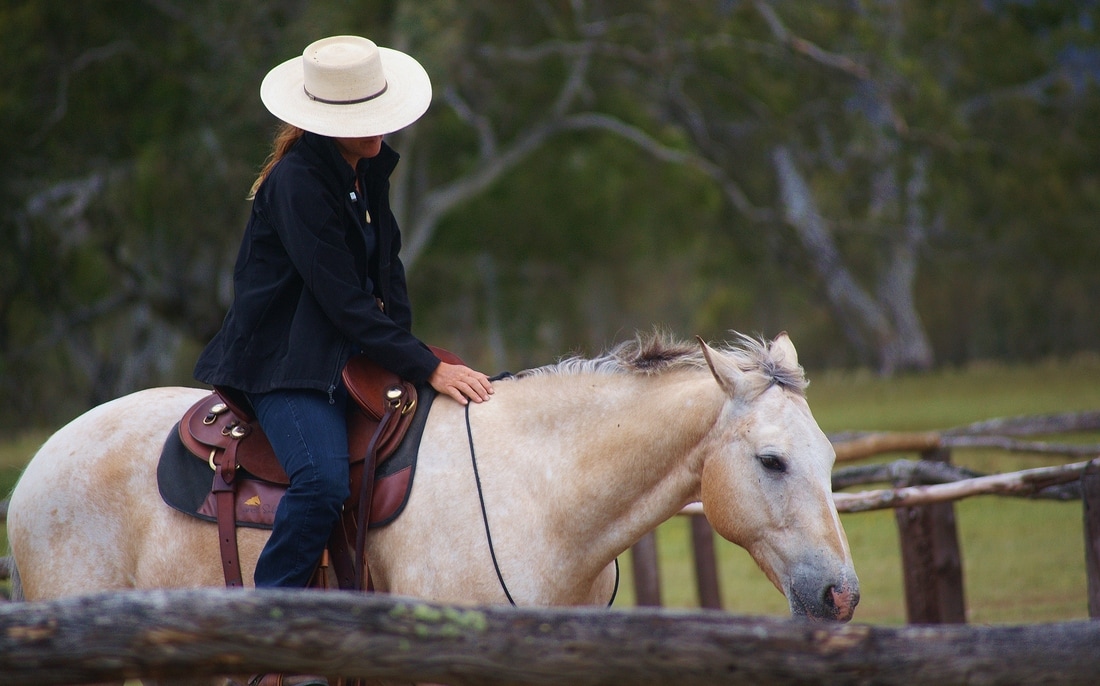|
This is an article series I wrote originally for tHink magazine Australia, and which was subsequently also released to be published in Brumby Magazine and also IHA magazine (USA) I recently had a request on facebook for the content of this series, so I decided to upload it here on my own website for anyone to enjoy, and hopefully gain some helpful hints for raising confident, respectful 'citizens' in the form of the horses in our lives. Part 2 will be uploaded here in a week or so, but I will leave all 3 articles in the archives for future availability to all.
Cheers Chris Corbidge 'Wongaburra' Mooralla 2021 A love of raising foals and training young horses to live and thrive confidently in the human world inspired me to write these articles. With the arrival of our newest filly ‘Luna’ in December 2018, I had the perfect opportunity to record in writing and photographs some of the insights I’ve discovered from my own experience of raising young horses, from my horsemanship teachers and also from the horses I’ve raised and trained in my lifetime so far. It’s a real thrill seeing a foal on the ground, they are super cute, and super distracting! You might not get a lot of housework done in those first few days…I don’t! I do recommend spending time in with your foal every day, especially in the first week or so, it’s totally worth it if you go about it with the right attitude and good action plan. With every foal I have raised, I start with the end in mind. I have a picture in my mind of what I want the adult version of the foal to be. Confident, knowledgeable, competent and athletic. This helps me steer away from being anthropomorphic and it also keeps me on track to include important information with the young horse that it is going to need down the track in order to live successfully in the human world in general, and with the particular activities I might have planned for it (or a future owner) Here’s my ‘priority list’ and some of the things I’ve discovered during my foal experiences.
This year’s foal is now approaching 2 weeks old, and she is already clearly showing her true self! She has a high willpower, is super confident and like her mum is very assertive over others, including her ‘playmates’ who at this point are a pet sheep and a mini pony. I am not going to be able to be lazy with this one…no more sleeping in for me! Next in the series: Halter training your foal.
1 Comment
|
Chris CorbidgeLead Horsemanship Professional Archives
February 2024
Categories |



 RSS Feed
RSS Feed